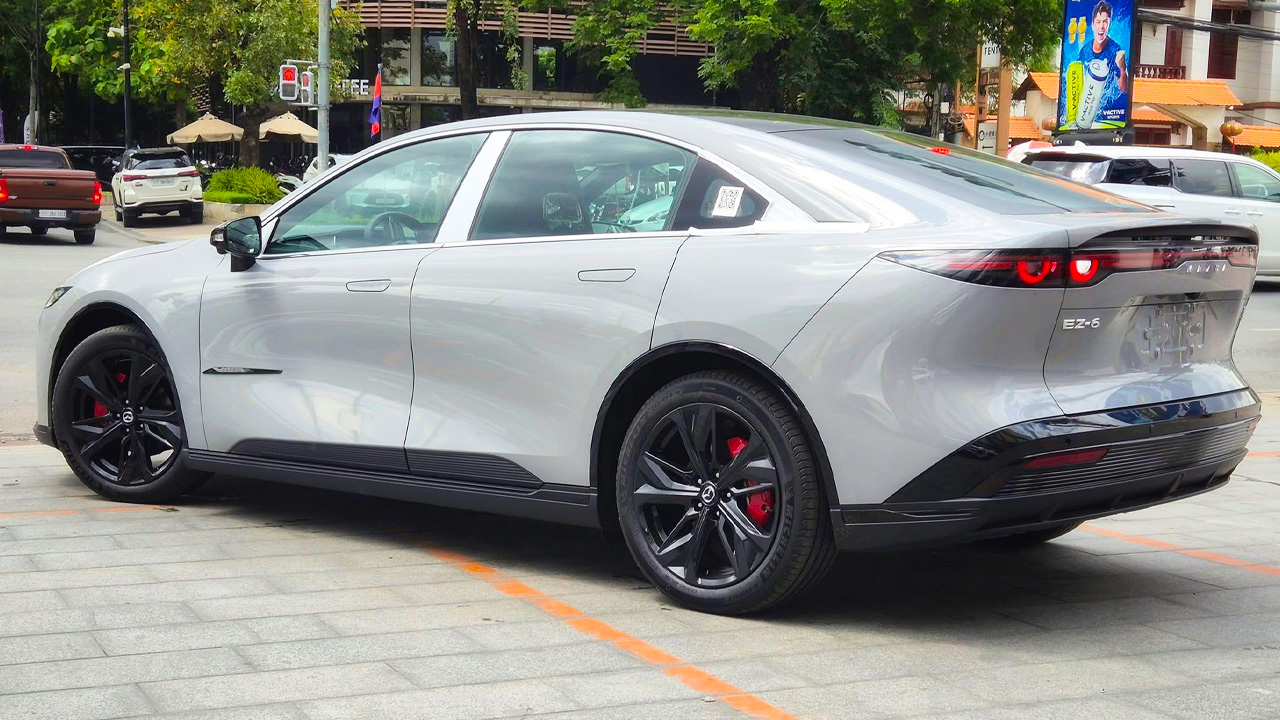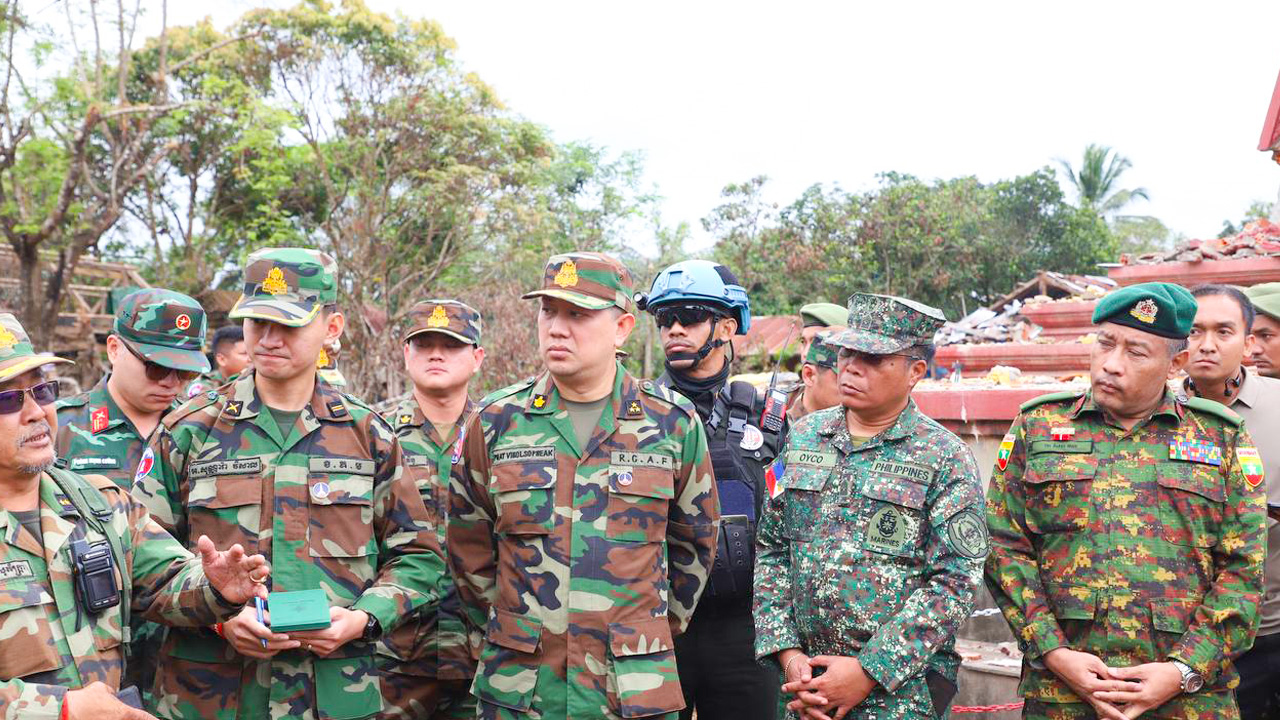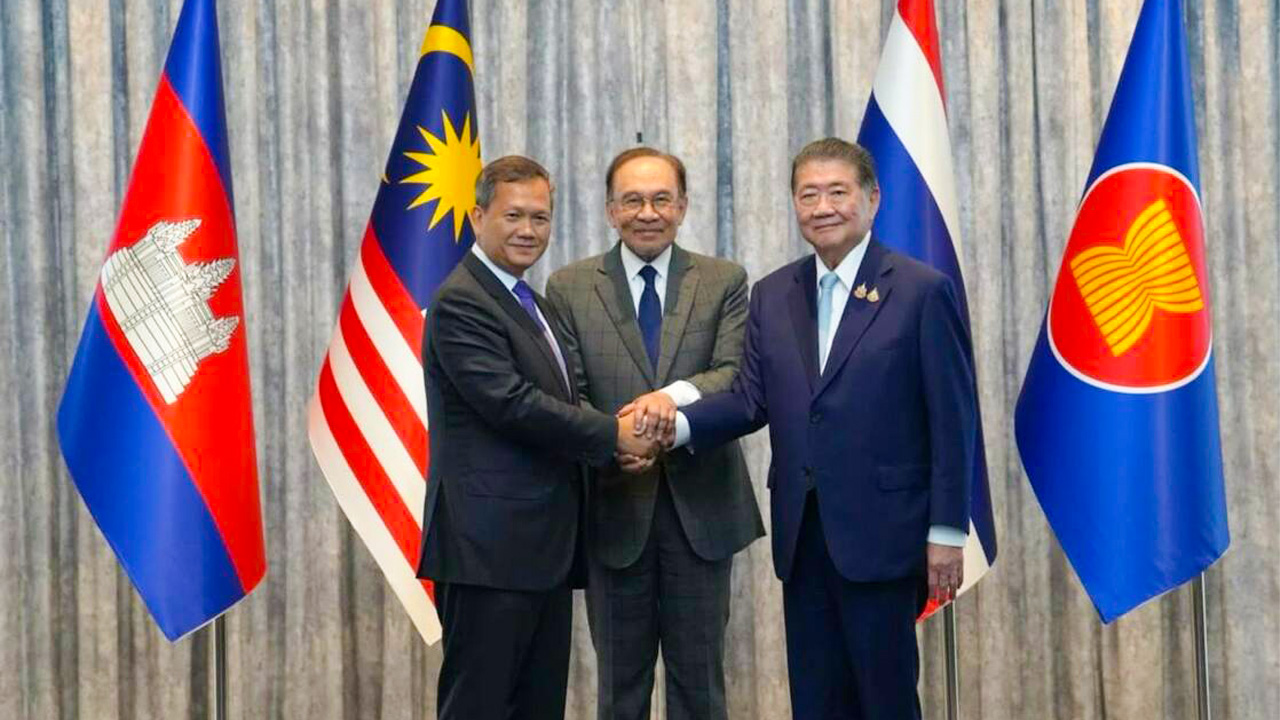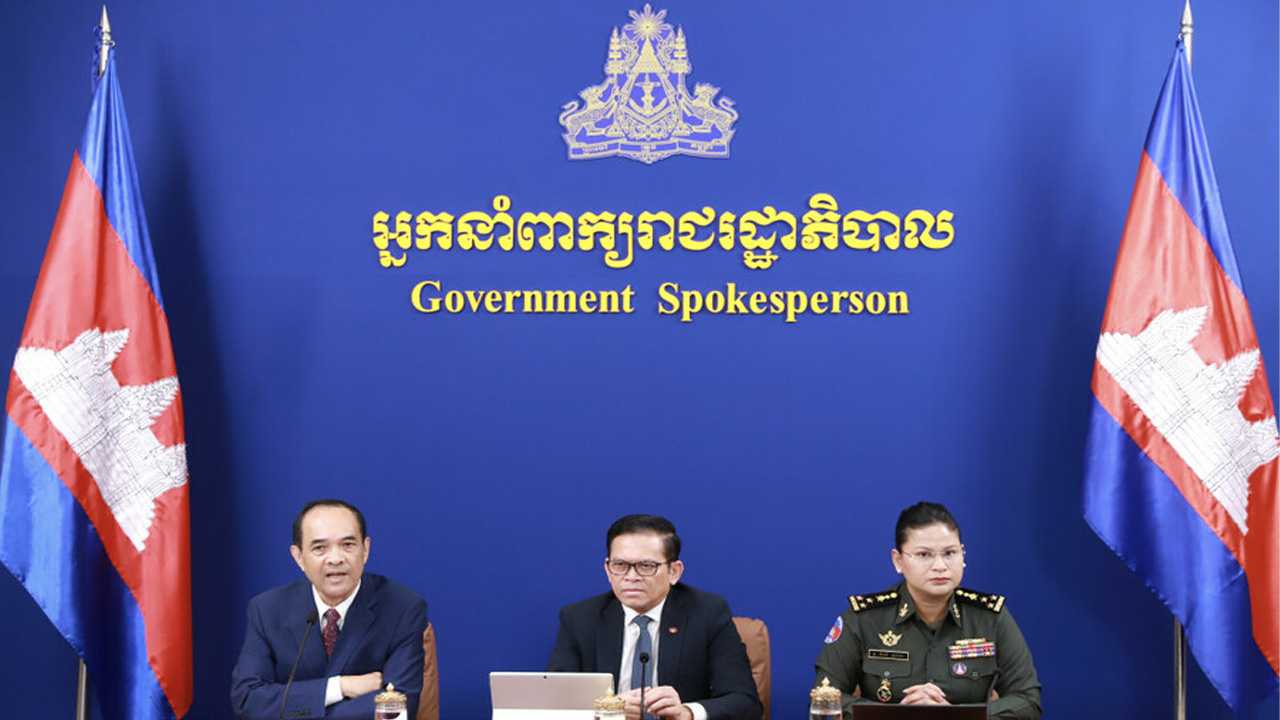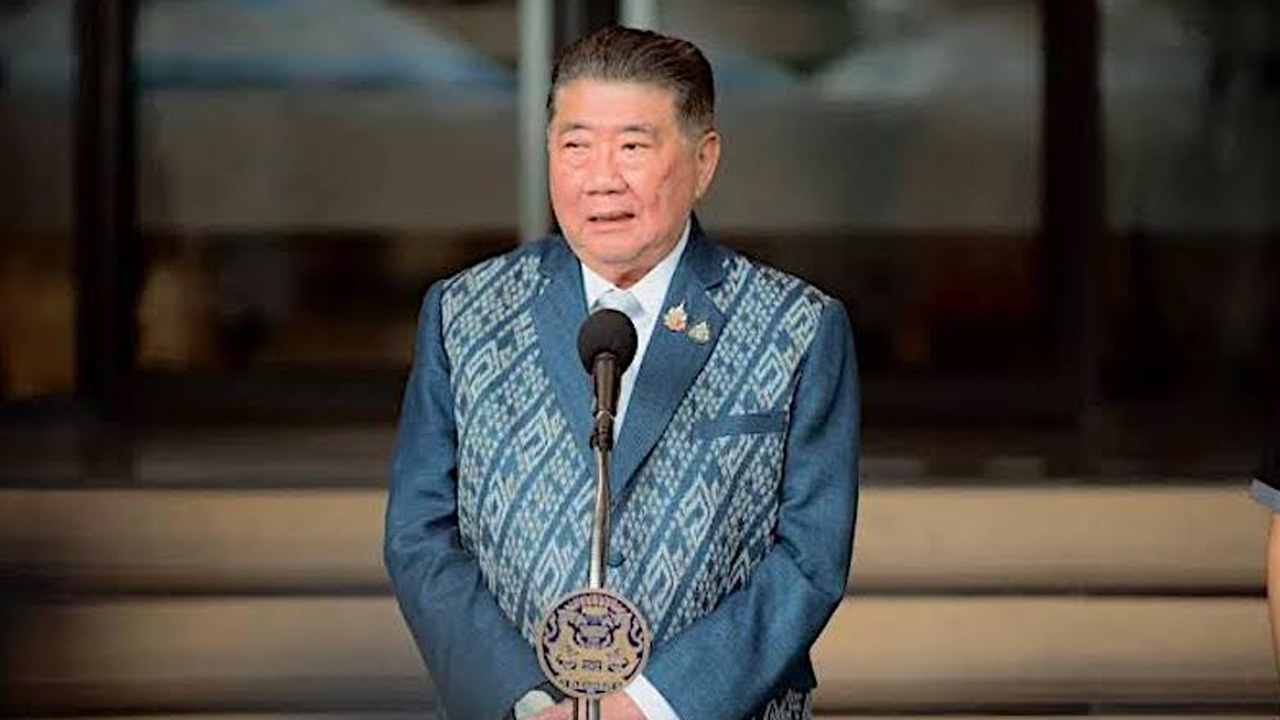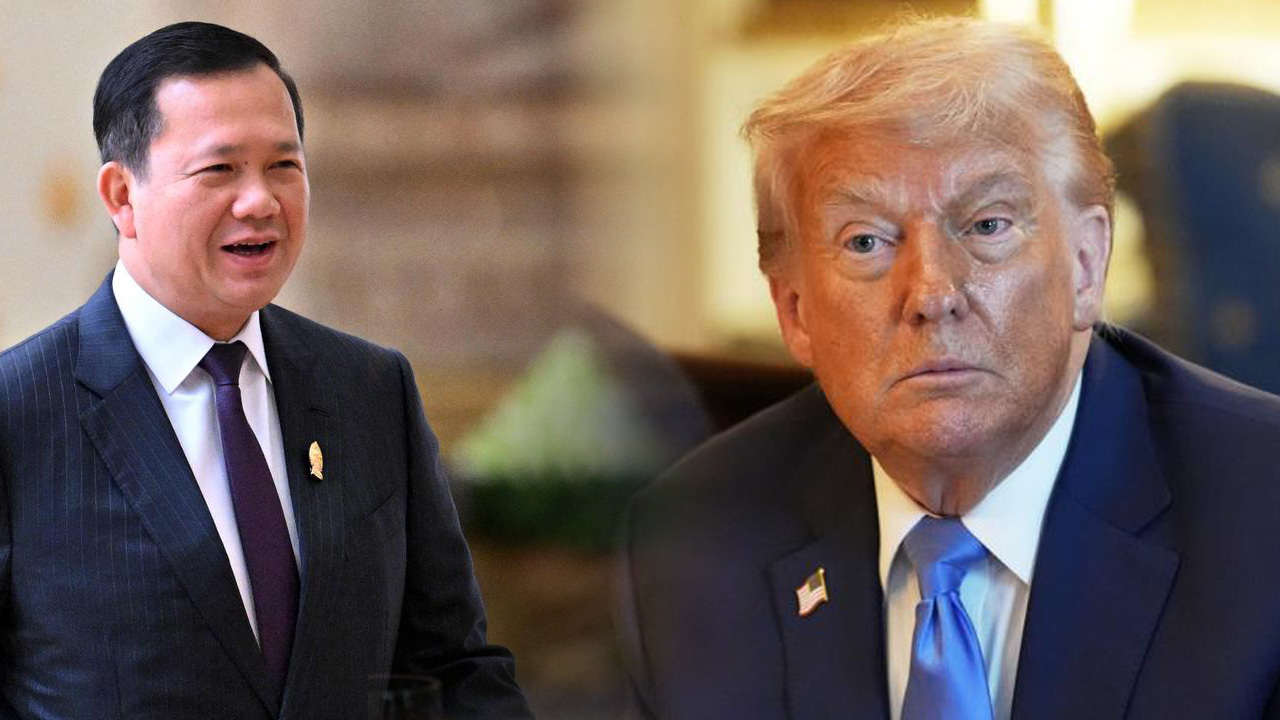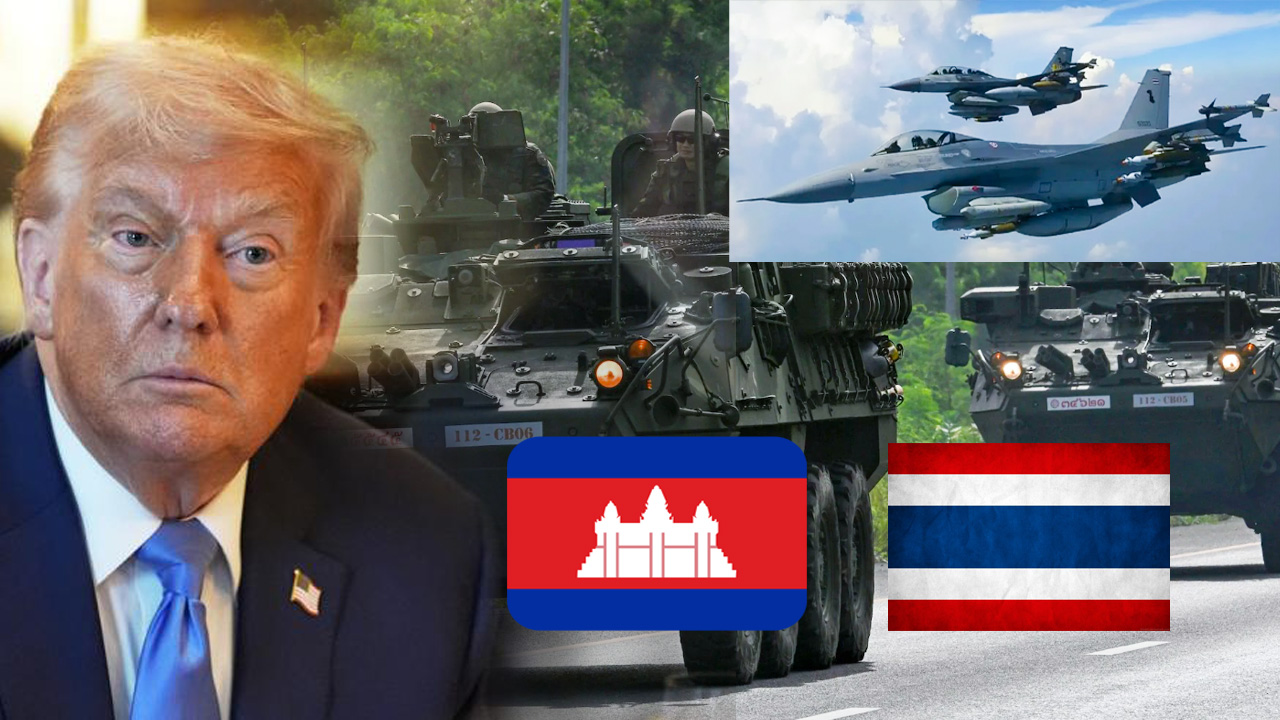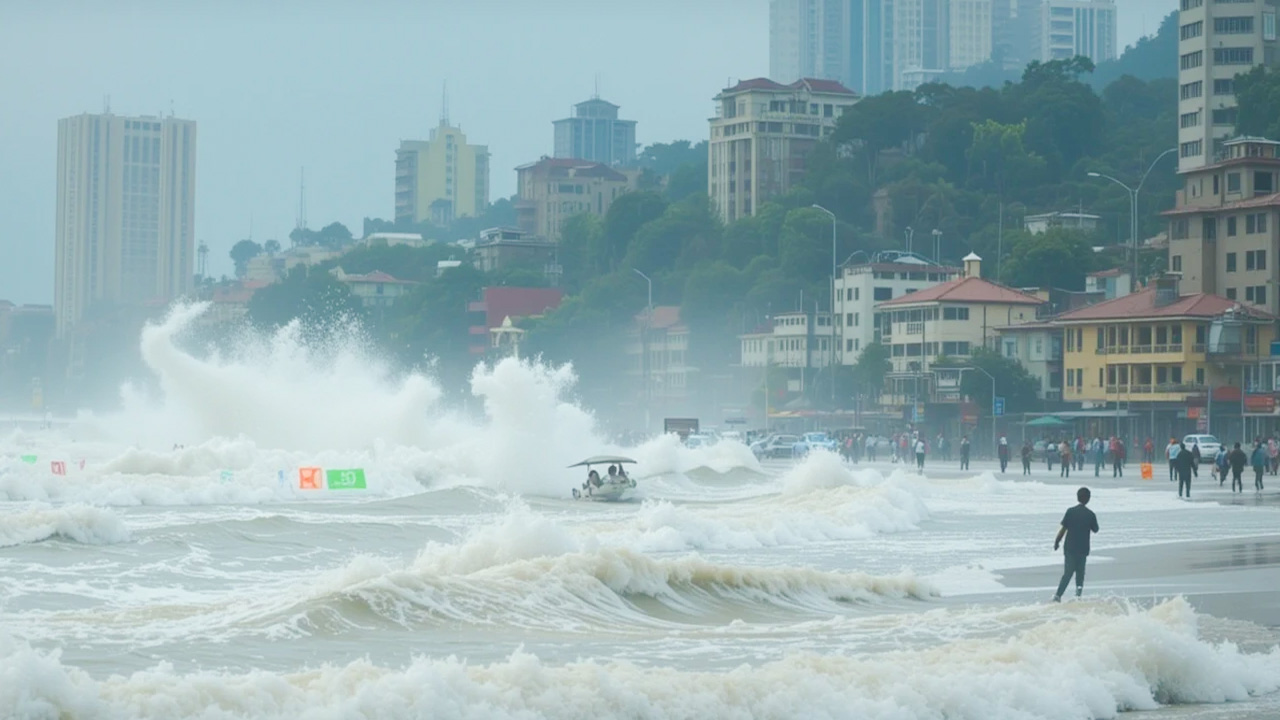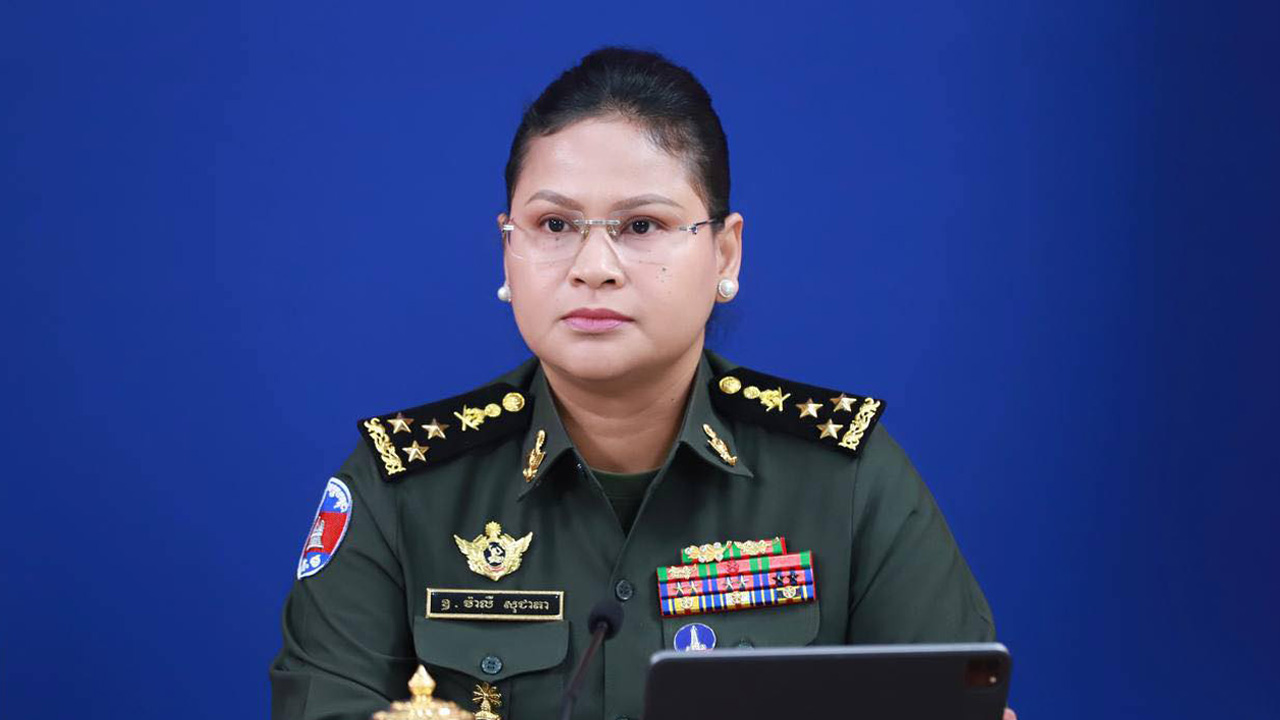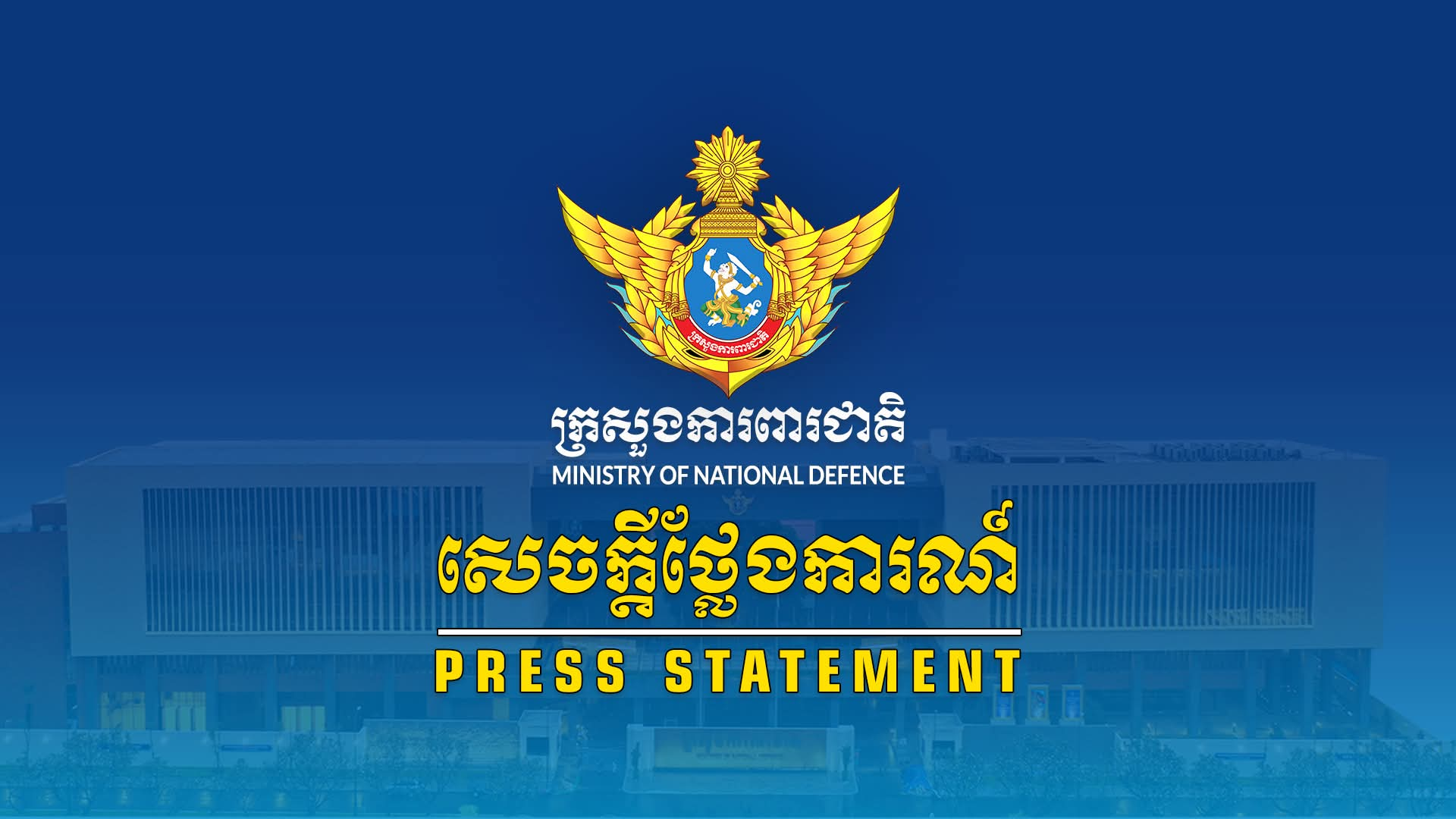Ancient and Early History
The territory of modern Cambodia has been inhabited since at least 5,000 BCE, as evidenced by archaeological findings of hunter‐gatherer communities in the Mekong River basin. By the 1st century CE, this region hosted the Funan polity, considered the earliest Indianized state in mainland Southeast Asia, renowned for its maritime trade links between China and India. Funan’s sophisticated irrigation systems and wet‐rice agriculture laid the economic foundations for the later rise of Chenla in the 6th century, which itself fragmented into Upper and Lower Chenla by the 8th century, signaling shifting centers of power in the region.
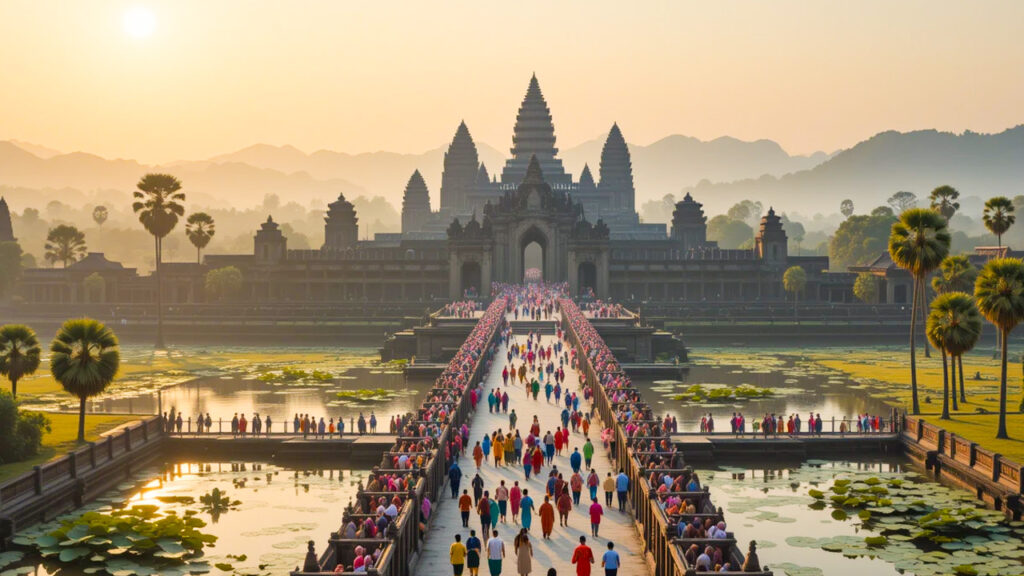
The Rise of the Khmer Empire
The apogee of Cambodia’s power came with the establishment of the Khmer Empire around 802 CE under King Jayavarman II. Over the next four centuries, Khmer rulers constructed monumental temple complexes, the most famous being Angkor Wat (early 12th century) and the Bayon at Angkor Thom (late 12th century). These temples were not only religious centers—initially dedicated to Hindu deities, later to Mahayana and Theravada Buddhism—but also hubs of administration and water management. The empire’s vast network of reservoirs (barays) and canals supported a dense population and made Angkor one of the largest preindustrial cities in the world.
Decline and Fragmentation
By the 15th century, the Khmer Empire began to wane due to a combination of ecological strain, dynastic rivalries, and pressure from neighboring Siam (Thailand) and Vietnam. In 1431, Angkor was sacked by Ayutthayan forces, prompting the royal court’s relocation to Phnom Penh. Over the next centuries, Cambodia became a battleground among its more powerful neighbors, with frequent incursions and shifting allegiances that eroded central authority. This era of fragmentation set the stage for eventual European intervention.
Colonial Era under France
In 1863, King Norodom sought French protection to ward off Siamese and Vietnamese encroachment, resulting in Cambodia becoming a French protectorate. Under colonial rule, the French introduced modern infrastructure—railways, roads, schools—and reconfigured land tenure systems, often to the benefit of French interests. While French administration preserved Khmer monuments at Angkor, it also disrupted traditional governance and landholding patterns. Cambodia’s borders were demarcated, and its international standing was subsumed under French Indochina until World War II.

World War II and Path to Independence
During World War II, Japanese forces occupied Cambodia (1941–1945), though the Vichy French administration nominally remained in place. The Japanese occupation spared Cambodia the worst atrocities inflicted elsewhere in Southeast Asia, but it weakened French authority. Upon Japan’s surrender, Cambodia briefly became a Japanese puppet state before France reasserted control. A growing nationalist movement, led by Prince Norodom Sihanouk, capitalized on these shifts, and Cambodia peacefully achieved independence on November 9, 1953.
The Sihanouk Years and Civil Unrest
Post‐independence, Prince Sihanouk pursued a policy of neutrality amid the burgeoning Vietnam War. His Sangkum Reastr Niyum (People’s Socialist Community) regime balanced limited modernization with traditional structures, but economic inequality and increasing political repression sowed discontent. On March 18, 1970, while Sihanouk was abroad, General Lon Nol led a parliamentary coup, ousting the prince and establishing the U.S.-aligned Khmer Republic. This marked Cambodia’s direct entanglement in the Vietnam conflict and ignited a civil war that would engulf the nation.
The Khmer Rouge and Genocide
In April 1975, the communist Khmer Rouge, led by Pol Pot, seized Phnom Penh and renamed the country Democratic Kampuchea. Driven by an extremist agrarian ideology, the regime forcibly evacuated cities, abolished money, and implemented mass collectivization. Over its four-year reign, an estimated 1.5–2 million people—roughly a quarter of the population—died from forced labor, starvation, disease, and executions in the Killing Fields. The regime targeted intellectuals, ethnic minorities (including Cham Muslims and Vietnamese Cambodians), and perceived dissidents. Vietnam’s invasion on January 7, 1979, toppled the Khmer Rouge but left deep societal scars.
Vietnamese Occupation and UNTAC
Following the Khmer Rouge’s fall, Vietnam installed the People’s Republic of Kampuchea (1979–1989), backed by Vietnamese troops. A protracted guerrilla war persisted as the Khmer Rouge receded to border regions in Thailand. The Paris Peace Agreements (1991) and the UN Transitional Authority in Cambodia (UNTAC) oversaw cease‐fires and the 1993 elections, restoring the monarchy under King Norodom Sihanouk and birthing a coalition government. UNTAC’s mission marked one of the UN’s most extensive peacekeeping operations, though full national reconciliation remained elusive.
Modern Cambodia
Since the 1990s, Cambodia has experienced relative stability and economic growth, fueled by garment exports, tourism (particularly to Angkor), and foreign investment. However, challenges persist: land disputes, limited press freedom, and the long shadow of genocide. Prime Minister Hun Sen, a former Khmer Rouge defector turned Vietnamese ally, has dominated politics for decades, drawing criticism for authoritarian practices. Efforts to address past crimes—including the UN-backed Extraordinary Chambers in the Courts of Cambodia—have brought some senior Khmer Rouge leaders to justice, though many survivors still seek closure. Today’s Cambodia balances rapid modernization with the remembrance of its rich heritage and tragic past.






























